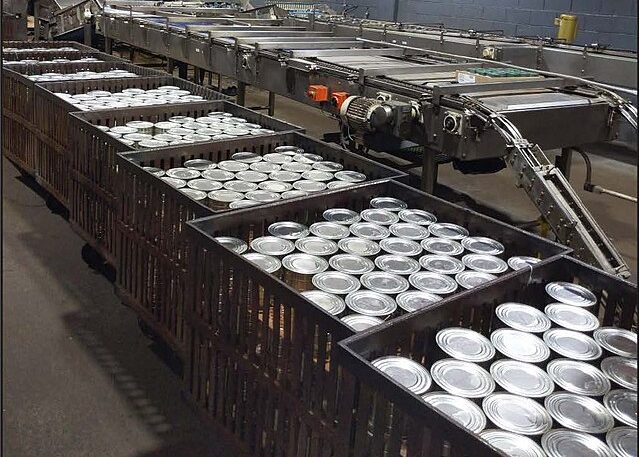An Executive Order by the U.S. President Donald Trump on April 17, 2025 to reopen protected Pacific fisheries is drawing mixed takes. However, for canneries that process the well-priced tuna in American Samoa, the order comes as a windfall.
The Pacific Remote Islands Marine National Monument last allowed fishing within 50 miles of its waters before 2009.
In 2009, President George W. Bush banned fishing within 50 miles of the 80,000-square mile park. President Obama in 2014 would further increase the restriction to 200 miles and extend the park to 490,000 square miles.
For American Samoa fisheries, this restriction meant that local fleets had to sail further to haul fish for canning.
As a member of the South Pacific Tuna treaty, the United States competes with other signatory countries for commercial fisheries here.
Hence, Western Pacific Regional Fishery Management Council’s chairman Taulapapa W. Sword recently told Radio New Zealand of his support for the order.
He further cites that 1/3rd of the local workforce depends much on the access by the U.S.’ tuna fleets to nearby waters.
Since the marine park ban, American boats carrying purse seine (long nets) have had to compete in open waters.
While the United States usually boasts 150 such vessels in these open seas, foreign equivalents number 450. The tally increases when counting 1,200 non-American longline boats.
This is why stakeholders feel that the reopening will benefit the American Samoa fish canning economy.
Pros and Cons
At the same time, the Executive Order has had conservationists saying it could disrupt fish migration and affect ecosystems.
There is also fear that this America First stance might also lead to overfishing, leading to fish stock decrement.
On the other hand, defendants think that as tuna are highly migratory, marine enclosure hardly inhibits them.
Indeed, Samoans suggest that the biggest beneficiaries since the 2009 closure of the West Pacific park has been China. The country’s vessels easily catch the nearest tuna schools to cross from the protected area into the open seas.
Things are therefore looking up for the American Samoa tuna canneries even as they aren’t for environmentalists. To learn more about the tuna industry in this overseas territory of the United States, read on the next statistics.
Statistics on American Samoa Tuna Canneries
The unincorporated American Samoa island lies in the south-central Pacific, between New Zealand and sovereign Samoa. Its biggest industry is the tuna fishery, which provide 83.8% of non-governmental income on the island, according to the U.S. government. Furthermore, the industry represents 99.5% of the total fish exports from the territory.
The canning sector offers the bulk of the returns from tuna fisheries on the island. About 1/3rd of the workforce in the country depends on canning employment. One of these is the Starkist factory that provides employment for 2,000 people. Its capacity is 100,000 tonnes of albacore tuna or 500,000,000 cans.
How have canneries been performing in American Samoa?
Since the first cannery opened in 1954 courtesy Chicken of the Sea group, local tuna canneries have been facing stiff competition. By 2018, only Starkist group had an operating factory after Chicken of the Sea had quit. Between 1987 and 2017, the tuna product market contracted by 40%, further putting pressure on canneries.
Are wages high in tuna canneries?
American Samoans receive around 3 to 4 times the wages that similar workers in Thailand and other countries get. In 2007, Congress proposed a $7.25-per-hour wage to match that in the United States itself. This high minimum wage apparently further pinches factories’ revenue.
